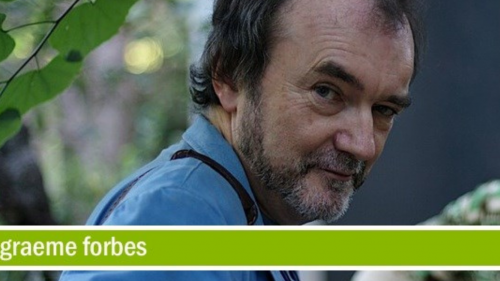The Department of Philosophy welcomes Graeme Forbes, author and professor emeritus of philosophy from the University of Colorado. Please join us in Hayes Hall 109.
Abstract: In short, Old Number One was a Bentley racing car in which one of the Bentley Boys won the Le Mans 24-hour race in 1929 and 1930. It (allegedly, it) came into the possession of a vintage car collector, Edward Hubbard, who then signed a contract to sell it on to a vintage car company called Middlebridge Scimitar. The price to which MS agreed was ten million pounds (this was in 1990), but after signing the contract MS did more research and decided that the car that won in 1929 and 1930 had been upgraded and repaired out of existence, and that the car Hubbard was selling on to them was not the one they had agreed to buy. The case went to court and the judge came down solidly on Hubbard’s side — Hubbard's car was indeed Old Number One. This was because the judge was an — almost fanatical — continuity theorist. But his written verdict suggests that if the facts had been different in certain ways, he might have reached a different conclusion. It's a real live Ship of Theseus case with ten million pounds hanging on it, and much more besides. MS went bankrupt as a result; even though the judge decided the car they now owned was Old Number One, there was no way they’d get anything for it close to what they thought they would when they agreed to Hubbard’s price after all the publicity of the court case.
